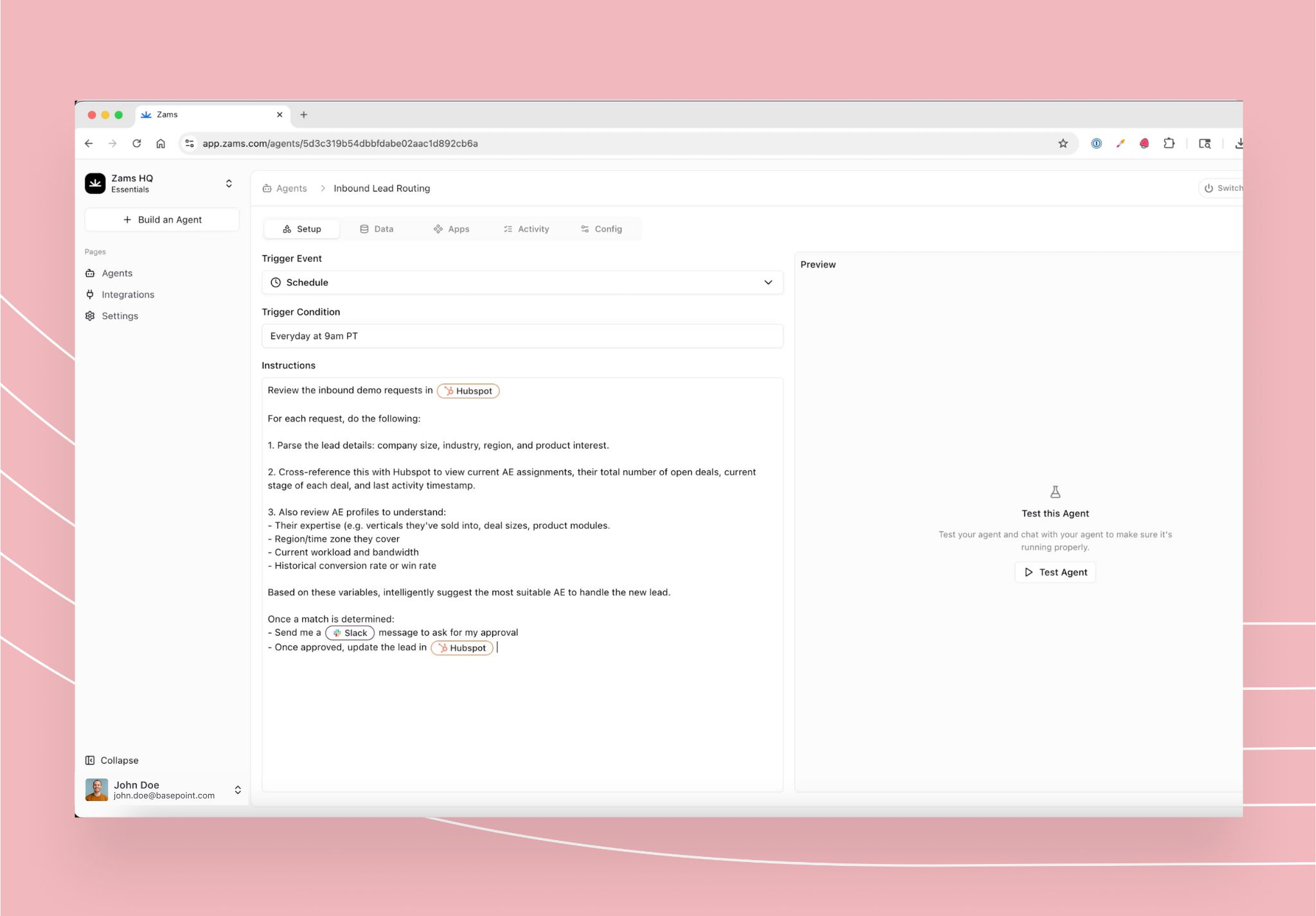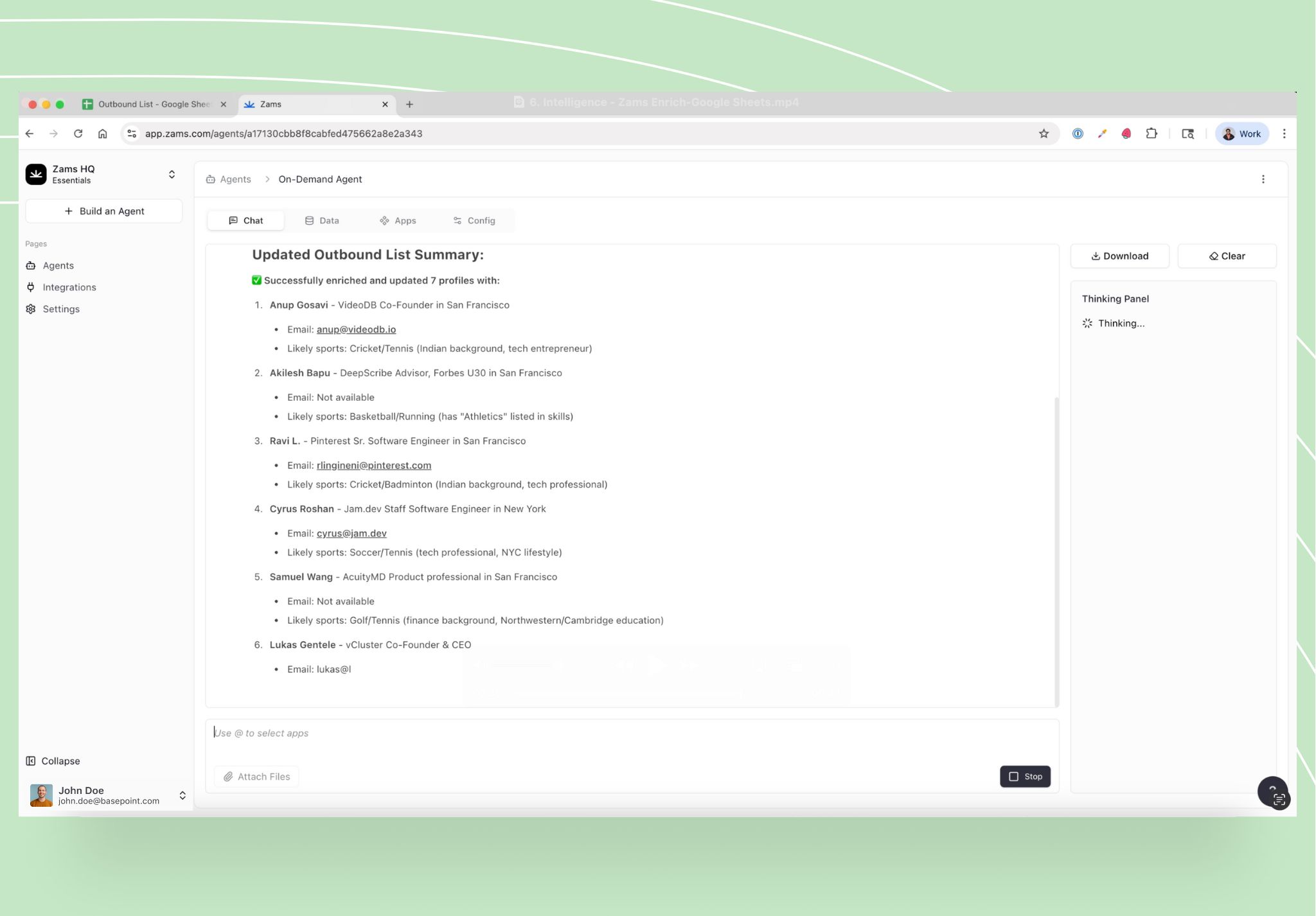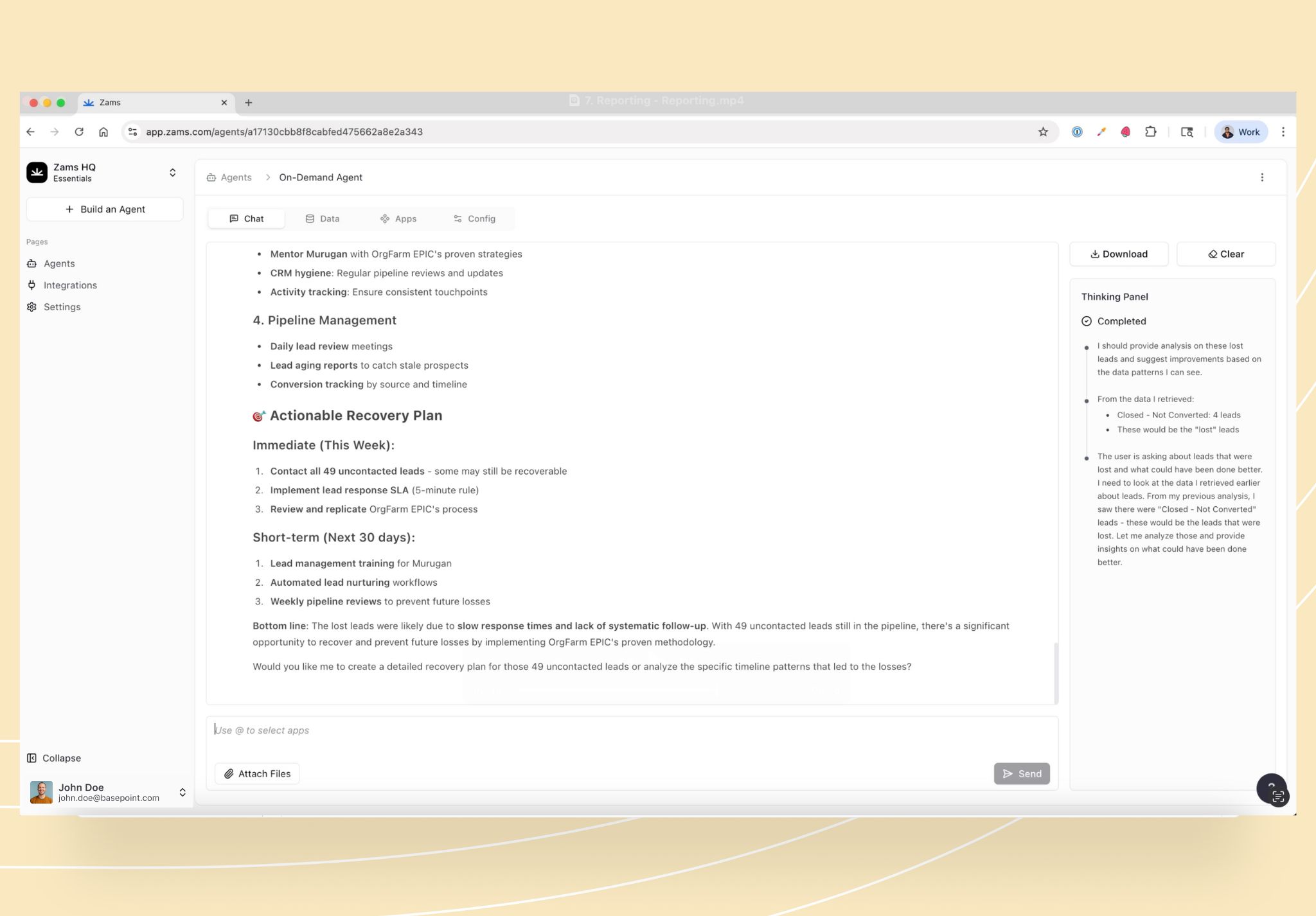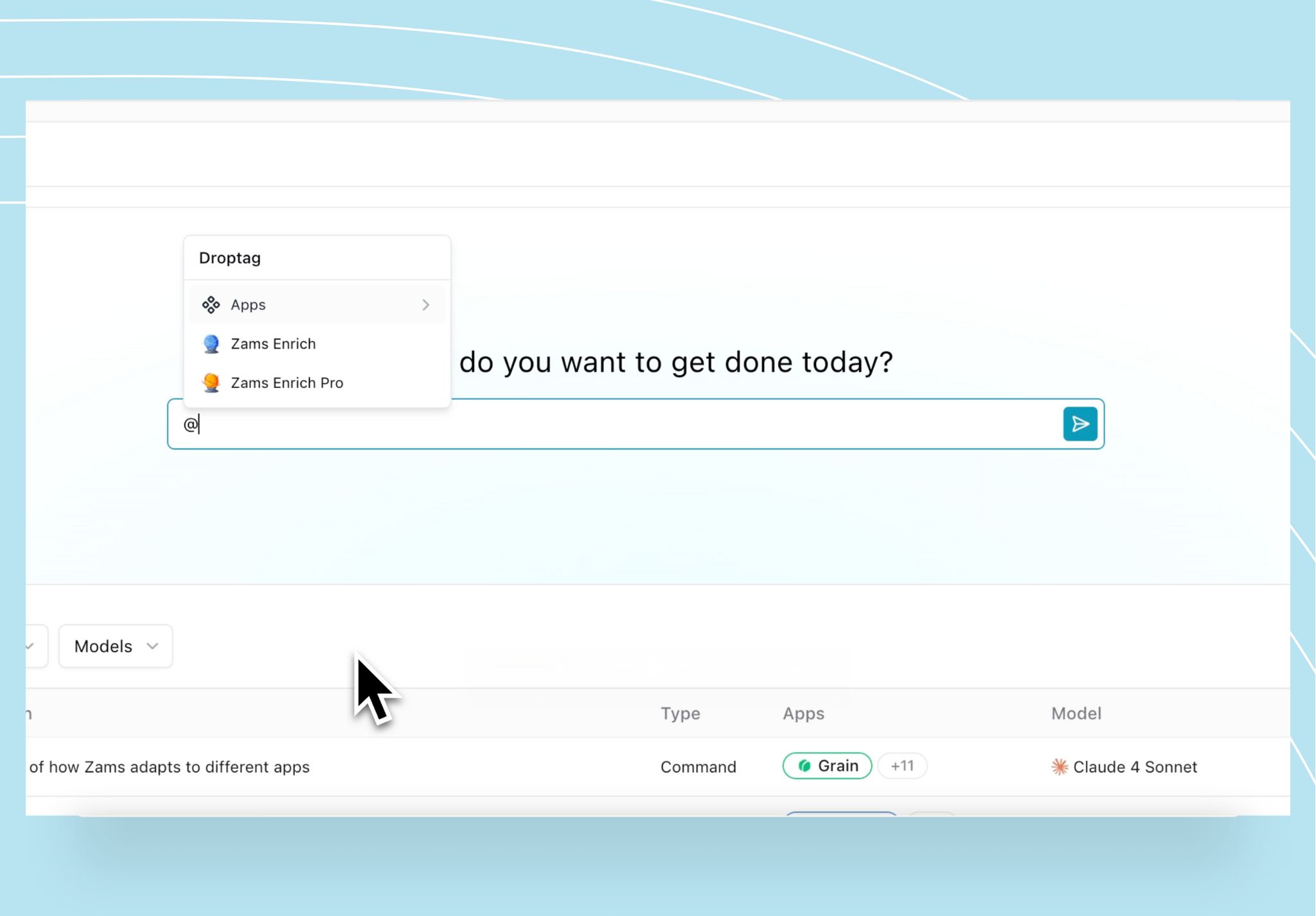What Is Lead Management?
Definition and scope in B2B lead generation
Lead management is the structured process of capturing, tracking, and nurturing potential buyers from first contact to conversion. In B2B lead generation, it ensures every lead is documented, qualified, and routed to the right sales channel. Effective lead management creates a clear path from marketing engagement to sales-ready opportunities.
How lead management ties into B2B lead qualification
Lead management and lead qualification work together to ensure sales teams focus only on high-value prospects. A strong lead management process captures the data needed to assess fit, buying intent, and readiness to engage. This alignment prevents wasted effort on unqualified leads and improves conversion rates across the B2B sales pipeline.
Understanding Qualified Leads
Qualified leads are the cornerstone of an effective B2B sales and marketing strategy. These are prospects who have demonstrated genuine interest in your product or service and meet specific criteria that indicate a strong potential to become paying customers. For sales and marketing teams, understanding what makes a lead qualified is essential for focusing resources on the most promising opportunities and maximizing the impact of marketing efforts.
Key characteristics of a qualified B2B lead
A qualified B2B lead stands out by exhibiting several important traits that signal readiness and fit. These characteristics typically include:
- A clear need or pain point: The lead has a specific challenge or requirement that your product or service can address.
- Budget and purchasing authority: The lead has access to the necessary budget and the authority to make or influence purchasing decisions.
- Defined timeline: There is a sense of urgency or a clear timeframe for implementing a solution.
- Alignment with your ideal customer profile: The lead’s company size, industry, and other firmographics match your target audience.
- Active engagement with marketing efforts: The lead interacts with your website, downloads resources, attends webinars, or responds to email campaigns, indicating genuine interest.
By focusing on these characteristics, marketing teams can better identify which leads are most likely to convert, ensuring that sales and marketing efforts are directed toward high-value prospects.
Differentiating between marketing qualified leads and sales qualified leads
Not all qualified leads are at the same stage in the buying journey. It’s important to distinguish between marketing qualified leads (MQLs) and sales qualified leads (SQLs) to ensure a smooth transition from marketing to sales.
- Marketing qualified leads (MQLs) are leads who have shown interest in your product or service through marketing efforts, such as filling out a form, downloading a whitepaper, or engaging with content, but may not yet be ready to enter the sales process. MQLs are identified based on their engagement and fit, and are nurtured by the marketing team until they demonstrate stronger buying signals.
- Sales qualified leads (SQLs) are leads that have been further vetted by the sales team. These leads meet more stringent qualification criteria, such as confirmed budget, authority, and intent to purchase, and are ready to move forward in the sales process. SQLs are prioritized for direct outreach and sales engagement.
The key difference between MQLs and SQLs lies in their level of qualification and readiness to buy. By clearly defining and tracking both marketing qualified leads and sales qualified leads, sales and marketing teams can ensure that only the most promising leads are passed along the sales funnel, improving efficiency and conversion rates.

The Process to Qualify Sales Leads
The qualification process is a vital component of the B2B sales process, serving as the filter that separates high-potential prospects from those less likely to convert. By systematically evaluating leads against established criteria, sales and marketing teams can ensure that their efforts are focused on the most promising leads, streamlining the path from initial contact to closed deal.
Stages of lead qualification in B2B sales
A robust qualification process typically unfolds in several key stages:
- Lead generation: The process begins with generating leads through targeted marketing efforts, such as content marketing, social media campaigns, webinars, and paid advertising. Effective lead generation ensures a steady flow of prospects entering the top of the sales funnel.
- Lead scoring: Once leads are captured, a lead scoring system is used to assign values based on factors like demographic fit, company size, job title, and engagement with marketing efforts. This lead scoring process helps prioritize leads according to their likelihood to convert.
- Qualification: At this stage, leads are evaluated against specific qualification criteria such as budget, authority, need, and timeline (often referred to as BANT) to determine if they are a good fit for your product or service. This step is crucial for identifying truly qualified leads.
- Disqualification: Not every lead will meet the necessary criteria. Disqualifying leads that lack fit, budget, or urgency allows sales and marketing teams to focus their resources on the most promising leads, improving overall efficiency.
- Nurturing: Qualified leads that are not yet ready to buy are nurtured through ongoing marketing efforts, such as personalized email campaigns, educational content, and targeted social media engagement. This keeps your brand top-of-mind and moves leads further down the sales funnel.
- Conversion: The final stage is converting qualified leads into paying customers through the sales process. At this point, the sales team engages directly with the lead, addresses any remaining objections, and guides them toward a purchasing decision.
By following these stages, sales and marketing teams can collaborate effectively to identify, qualify, and convert the best opportunities. A structured qualification process not only increases the number of high-quality leads in the pipeline but also accelerates the sales cycle and drives sustainable revenue growth.
Common Lead Qualification Strategy Mistakes
Leads built on stale or missing data lead to poor targeting and wasted outreach. Without accurate company details, contact information, or recent engagement history, sales teams risk approaching the wrong prospects or missing buying signals entirely. Up-to-date data is essential for precise B2B lead qualification.
- Focusing on lead volume over lead quality:
Chasing high lead counts often floods the pipeline with prospects unlikely to convert. Quality leads with the right profile, intent, and budget deliver higher ROI and shorter sales cycles. Prioritizing quality over volume keeps sales resources focused where they can have the most impact. - Using unclear or inconsistent qualification criteria
When qualification rules vary between reps or teams, the pipeline becomes unpredictable and harder to forecast. Consistent criteria ensure every lead is measured against the same standards for fit and readiness. This consistency improves lead scoring accuracy and sales performance tracking. - Ignoring buyer intent signals
Skipping intent data means overlooking prospects actively researching solutions. Website visits, content downloads, and event attendance are signals that a lead may be ready for sales engagement. Tracking and acting on these indicators accelerates conversion. - Delaying follow-up on high-value leads
Even well-qualified leads lose interest if follow-up is slow. Competitors who respond faster are more likely to secure the opportunity. Prompt engagement keeps momentum and positions your team as the first choice in the buyer’s decision process.

Why These Mistakes Hurt B2B Sales Performance
Wasted time and resources on unqualified leads
Pursuing leads without proper qualification drains sales capacity and inflates acquisition costs. Reps spend time chasing prospects who will never convert, reducing their ability to focus on high-potential accounts. This inefficiency erodes both pipeline quality and revenue potential.
Longer sales cycles with lower conversion rates
Poor qualification means more leads enter the pipeline without the readiness or authority to buy. These leads stall in the sales process, stretching deal timelines and lowering overall conversion rates. A focused qualification process keeps the pipeline lean and moves viable prospects to close faster.
Missed opportunities due to poor prioritization
When high-value leads are not clearly identified and acted on, they are often overlooked in favor of lower-quality prospects. This misalignment between opportunity value and sales effort causes missed revenue and weaker competitive positioning. Strong prioritization ensures the best leads receive immediate attention.
How to Fix Lead Qualification Mistakes
Implement a standardized product or service qualification framework
Define clear, measurable criteria for what makes a lead sales-ready. Use consistent factors such as budget, authority, need, and timeline to assess every prospect. A standardized framework keeps the pipeline predictable and improves forecast accuracy.
Leverage CRM software and automation tools for accurate lead tracking
Integrate a CRM with automation capabilities and automated lead qualification to streamline capturing, scoring, and distributing leads, as well as to capture lead interactions, update records, and score prospects in real time. Customer relationship management systems facilitate automation and improve lead management efficiency by reducing manual data entry errors and ensuring no lead is lost or overlooked. Accurate tracking improves both follow-up speed and lead prioritization.
Use data enrichment to maintain complete and current lead profiles
Supplement internal records with third-party data to fill gaps and keep lead profiles current. Updated company size, industry, and contact details improve targeting and personalization. Enriched data strengthens qualification decisions and outreach relevance.
Align marketing and sales teams on qualification criteria
Ensure both teams agree on the definition of a qualified lead. Shared criteria prevent misalignment, improve lead handoff, and increase conversion rates. Regular reviews between marketing and sales keep the process refined and consistent.
Track and act on buyer intent in real time
Monitor signals such as website activity, content engagement, and event participation to identify leads showing active interest. Use automation to trigger immediate follow-up when intent thresholds are met. Acting quickly on intent data increases the likelihood of conversion.

Best Practices for Effective Lead Management
Integrate lead management into the full B2B sales process
Lead management should connect seamlessly from initial capture through deal closure. Every stage during marketing outreach, qualification, nurturing, and sales engagement must operate within the same structured process. Full integration ensures data consistency and a clear path for leads to move through the pipeline.
Score leads based on fit, engagement, and intent
Use a lead scoring model that assigns a lead score to each prospect, quantifying a lead's potential based on engagement and demographic data. This approach prioritizes leads most likely to convert, ensuring sales teams focus their time on high-value opportunities. Consistent scoring improves efficiency and win rates.
Set clear SLAs for lead follow-up and handoff
Define service-level agreements that specify how quickly leads should be contacted and when they should be transferred from marketing to sales. Clear timelines prevent delays, reduce lead drop-off, and create accountability across teams.
Continuously refine qualification criteria based on performance data
Review win rates, conversion metrics, and lead source performance regularly, as this performance data provides valuable insights for refining qualification criteria. Eliminating low-yield criteria and adding proven indicators keeps the process aligned with market realities. Continuous refinement ensures lead quality remains high over time.

Measuring the Impact of Improved Lead Qualification
- KPIs to track lead quality and conversion rates:
Monitor metrics such as the percentage of leads that meet qualification standards, conversion from marketing qualified lead to sales qualified lead, and overall close rates. These KPIs show whether qualification efforts are delivering higher-quality opportunities. Strong performance here confirms the process is filtering leads effectively. - Positive Implications of Reduced sales cycle length:
Track the average number of days from first contact to deal closure. Improved qualification shortens this timeline by removing low-potential leads early and focusing on those ready to engage. A shorter sales cycle increases deal velocity and frees capacity for more opportunities. - Increased win rates from high-priority product qualified leads
Measure the close rate of leads flagged as high priority in your qualification process. A rising win rate indicates that qualification is accurately identifying the prospects most likely to convert. This improvement directly contributes to revenue growth and sales efficiency.
Recap of why fixing lead qualification mistakes is critical for B2B growth
Addressing lead qualification mistakes ensures sales teams spend time on prospects with genuine buying potential. It improves pipeline quality, accelerates deal cycles, and increases conversion rates. Strong lead management practices directly impact revenue growth and competitive positioning.
Stop losing deals to weak lead qualification.
Zams is the AI command center for sales. Instead of wasting hours chasing the wrong leads, your team just says what they need, and Zams does the work. The result: clean data, high-value prospects, and pipelines that close faster.
Try these Zams Lead Qualification Integrations:
FAQ
What is the role of lead management in B2B sales?
Lead management organizes the capture, tracking, and nurturing of potential buyers from initial contact to conversion. In B2B sales, it ensures that every lead is documented, qualified, and sent to the right channel. This structure helps sales teams focus on prospects most likely to buy, improving conversion rates.
How can I tell the difference between a marketing qualified lead (MQL) and a sales qualified lead (SQL)?
An MQL shows interest through marketing activities like downloading a guide or engaging with content but isn’t ready for direct sales contact. An SQL has been vetted further meeting criteria like budget, authority, and clear purchase intent and is ready for sales outreach. Tracking both stages ensures smoother handoff and higher conversion.
What are the most common mistakes in lead qualification?
Typical mistakes include working with outdated or incomplete data, prioritizing lead volume over lead quality, inconsistent qualification criteria, ignoring buyer intent signals, and delaying follow-up on high-value leads. Each of these wastes resources and reduces pipeline efficiency.
How can automation improve lead qualification?
Automation in CRM systems can score leads, track buyer intent in real time, and ensure profiles are up to date through data enrichment. Automated workflows capture interactions, route leads quickly, and trigger follow-ups at the right time. This speeds qualification and improves accuracy.
How do I measure the success of my lead qualification process?
Key metrics include the percentage of leads that meet qualification standards, the conversion rate from MQL to SQL, average sales cycle length, and win rates for high-priority leads. Improvements in these metrics indicate a stronger qualification process and a healthier sales pipeline.



